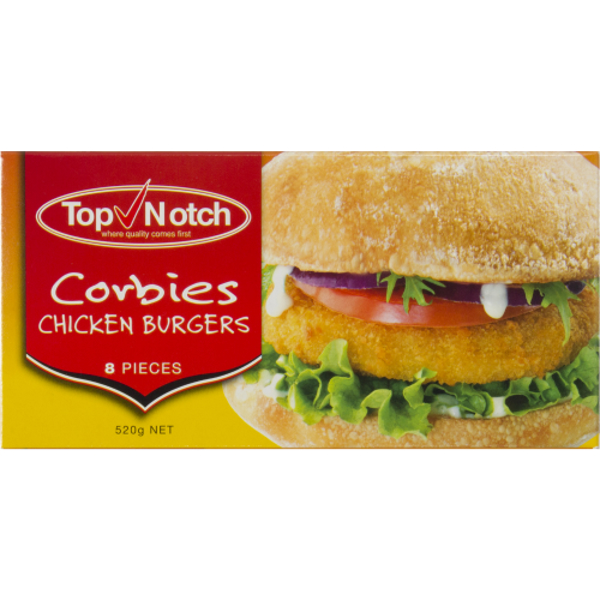

#Topnotch beef burgers verification#
Meat products with this label must define the term used (such as “Cattle were pasture-raised and never placed in a feedlot.”) Other products, such as milk or eggs, do not require verification of claims. “It’s out of balance, which is reflective of the American diet.” “Typically, when you put a steer on feed, he goes from 1:1 Omega-6 to Omega-3 balance to anywhere between 15-21 Omega-6 fats per 1 Omega-3,” Hamilton explains. In contrast, their cousins, Omega-6 fatty acids, can cause inflammation when an individual’s diet is out of balance. These acids make up a majority of cell membranes and work toward healthy hearts, lungs and immune systems. Cattle - especially breeds such as wagyu, which Hamilton also raises - are naturally high in Omega-3 fatty acids. This extra grazing time allows Murray Greys to fatten themselves naturally on grass, rather than being shipped to a feedlot to finish on calorie-dense grain.Īvoiding feedlots can go a long way toward creating a healthier end product.

So they’ll graze for about four to five hours longer per day than black-colored cattle,” Hamilton explains. “Their light color means that they don’t get stressed from the heat. Murray Grey have another advantage to being raised in Texas: the namesake color of their hide. “They are just pretty true to cows being cows, which means they produce more meat and do better on grass,” he says. Instead of being bred to chase trends or emphasize certain attributes, Murray Grey have been largely left to their own devices. Hamilton accomplishes this by his golden rule of “genetics, genetics, genetics.” He raises Murray Grey cattle, a breed that was accidentally discovered in Australia. To separate marketing fluff from true quality, some local producers have a straightforward message: To be better, do better. In an industry facing criticism and skepticism on all sides, it can be difficult to navigate the politics of meat.

Is it organic? Local? Grass-finished, or at least grass-fed? And is there Increasingly, consumers are asking questions about both the quality and the health of the meat on their plate. Americans’ appetites haven’t waned, but their concerns have shifted to what goes into their food. To be sure, cattle ranching can be an unpopular business.Īt the same time, according to the USDA, domestic beef production has increased in the past years, from 23.7 billion pounds in 2015 to 27.6 billion pounds in 2020. Dust clouds hover over feedlots in dry areas of Texas and Kansas, mimicking the choking man-made smog that threatens cities such as Mumbai and Los Angeles. For years, climate and animal rights activists have called for an end to mass meat consumption, citing a number of reasons from methane production of cattle herds to soil and water pollution created by too much animal waste.


 0 kommentar(er)
0 kommentar(er)
